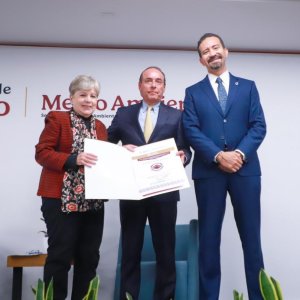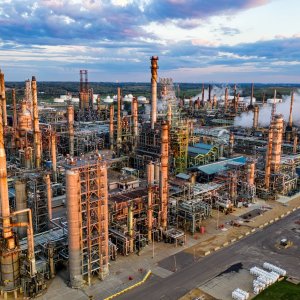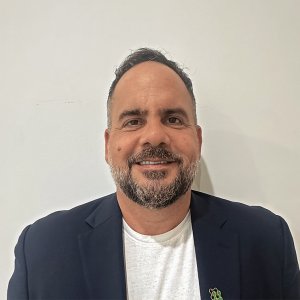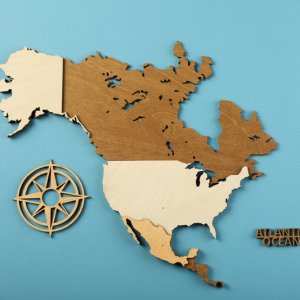
Safety Compliance Creates Opportunity for New Paradigms
 By Pedro Alcalá | Senior Journalist & Industry Analyst -
Wed, 10/28/2020 - 15:36
By Pedro Alcalá | Senior Journalist & Industry Analyst -
Wed, 10/28/2020 - 15:36
You can watch the video of this panel discussion here.
After being hit by the COVID-19 pandemic and the low oil barrel price crisis, infrastructure integrity and safety are now operators’ top priority. “Upstream Infrastructure, Maintenance and Safety” was the second panel of Mexico Oil and Gas Summit 2020, moderated by Alejandra León, Director for Latin America Upstream at IHS Markit. León’s introductory words focused on how various approaches to safety have changed drastically in 2020 and the ways in which both private and public institutions have responded to these disruptions.
José Luis González, Head of the Industrial and Commercial Supervision, Inspection and Surveillance Unit at both SEMARNAT and ASEA, highlighted the distinct needs that different kinds of oil and gas facilities present. “What I think is more complicated is working at offshore platforms, where there is a bigger concentration of people and therefore a higher risk of contagion. This requires different measures than on land,” he noted. Nevertheless, González said it is necessary for companies to “break from the traditional communication dynamics that they are used to,” especially since safety protocols outlined in Mexico’s system for the administration of industrial safety, operational security and environmental protection (SASISOPA) traditionally require additional onsite personnel to enforce them. A number of conferences have taken place to educate the industry on how to maintain those protocols when authorized personnel is not available due to restrictions derived from the COVID-19 pandemic.
Gareth Burton, Vice President of Technology at the American Bureau of Shipping, explained how risk is managed to avoid COVID-19 contagions in vessels and offshore oil and gas facilities. He made it clear that the uncertainty the sector experienced associated with COVD-19 was perfectly normal. This was true especially in March and April, when “many companies were asking us about what were the best standards and practices when dealing with the pandemic,” said Burton. Regarding technology implementation, Burton noted “Oil and gas facilities are hugely complex. What is really changing are the tools available to manage them. With these, efficiency with maintenance solutions can be increased, and labor demands reduced”.
The panel’s third participant was Francisco Javier Hoces-Moral López, Director of Consultancy at INERCO Group. He mentioned the importance of the industry’s path towards self-regulation. “There are three best practices we can use for self-regulation: communication frameworks, data analysis and modern tools. This helps us to create a culture, rather than requiring policy to act.” Hoces-Moral López presented the opportunities that this new safety paradigm creates for companies to invest in remote technologies and systems, noting that “solutions like asset monitoring systems, that work online and in real time are quicker when resolving issues, will be a good investment.”
The panel’s fourth participant was Eckhard Hinrichsen, Country Manager and Country Chair of DNV GL Mexico, who said the company provides certification for ships and facilities to reopen safely in the midst of COVID-19 by inspecting both infrastructure and security measures. Hinrichsen stressed the opportunity this new safety paradigm brings, saying that for every crisis there is an opportunity. “A lot of clients were skeptical of remote solutions and now, thanks to the pandemic, they have had the chance to test them. Working remotely is a big opportunity; it helps to optimize processes and slash costs.”
















